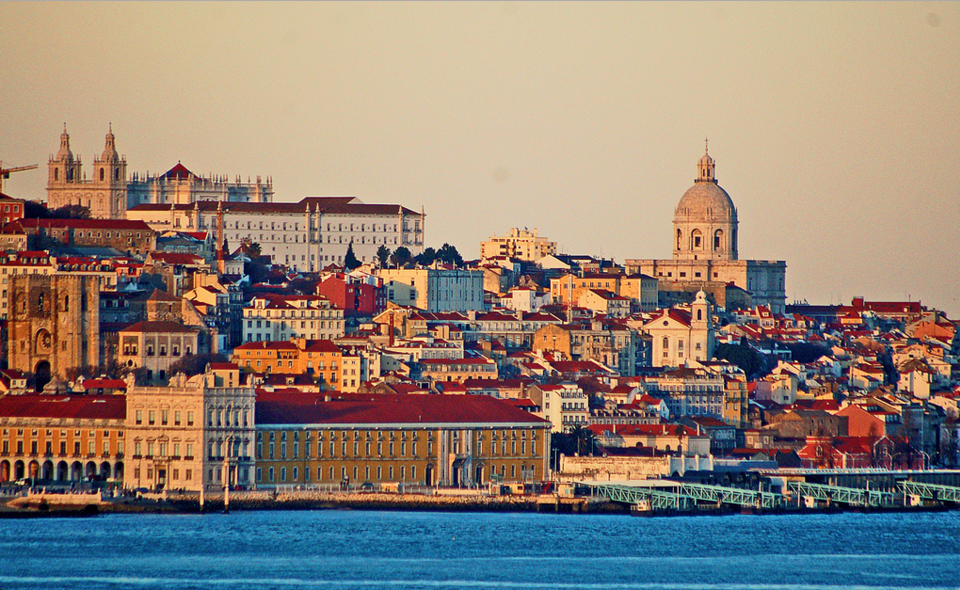

Curated experiences in Lisboa



The Museu Nacional de Arte Antiga (Portuguese pronunciation: [muˈzew nɐsiuˈnal dɨ ˈaɾtɐ̃ˈtiɣɐ]; MNAA), also known in English as the National …

The Museum of Art, Architecture and Technology or MAAT (Portuguese: Museu de Arte, Arquitetura e Tecnologia) (MAAT) is a museum …

The Monument of the Discoveries (Portuguese: Padrão dos Descobrimentos, Portuguese pronunciation: [pɐˈðɾɐ̃w duʒ ðɨʃkuβɾiˈmẽtuʃ]) is a monument on the northern …

Edward VII Park (Portuguese: Parque Eduardo VII) is a public park in Lisbon, Portugal. The park occupies an area of …

The Calouste Gulbenkian Museum houses one of the world's most important private art collections. It includes works from Ancient Egypt …

The Museu Nacional do Azulejo (Portuguese for National Museum of the Azulejo), occasionally known in English as the National Tile …

São Jorge Castle (Portuguese: Castelo de São Jorge; Portuguese pronunciation: [kɐʃˈtɛlu dɨ sɐ̃w̃ ˈʒɔɾʒɨ]), sometimes known in English as Saint …

The Praça do Comércio (Portuguese pronunciation: [ˈpɾasɐ ðu kuˈmɛɾsju]; transl. Commerce Plaza) is a large, harbour-facing plaza in Portugal's capital, …

The Alfama (Portuguese pronunciation: [alˈfɐmɐ]) is the oldest neighborhood of Lisbon, spreading on the slope between the São Jorge Castle …

The Jerónimos Monastery or Hieronymites Monastery (Portuguese: Mosteiro dos Jerónimos, IPA: [muʃˈtɐjɾu ðu(ʒ) ʒɨˈɾɔnimuʃ]) is a former monastery of the …

Belém Tower (Portuguese: Torre de Belém, pronounced [ˈtoʁɨ ðɨ βɨˈlɐ̃j]; literally: Bethlehem Tower), officially the Tower of Saint Vincent (Portuguese: …
Create a personalized itinerary and unlock the finest experiences Lisboa has to offer
Plan Your Trip